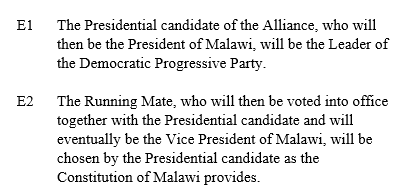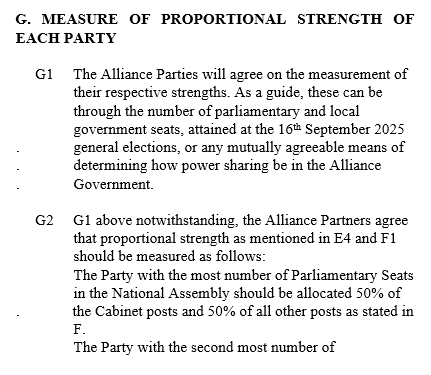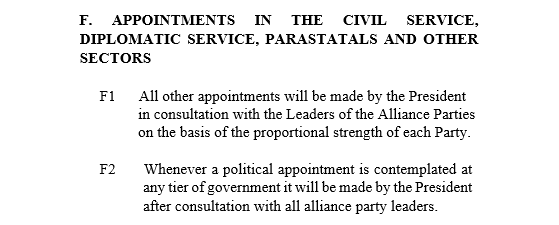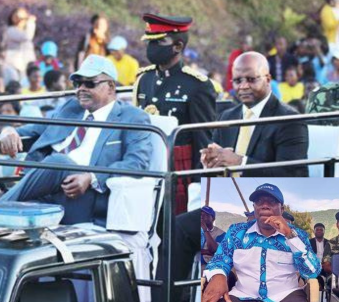A Quick Pip Inside the DPP, UDF, Aford agreement

Presidential Candidacy as the Crown Jewel
Clause E1: “The Presidential candidate of the Alliance…will be the Leader of the Democratic Progressive Party.”
By securing the presidency, the DPP has effectively taken ownership of the alliance’s core objective: executive control. In any political system—particularly a presidential democracy like Malawi’s—the presidency wields immense formal and informal power; this alone puts the DPP in the driving seat, granting it dominance over: national policy direction; command of Cabinet; institutional appointments and diplomatic leverage. The President’s discretion, even when constrained by consultation clauses, overrides much of the supposed power-sharing ethos.
Running Mate Clause: A Legal Loophole, Politically Exploited
Clause E2: “The Running Mate…will be chosen by the Presidential candidate as the Constitution of Malawi provides.”
This provision allows the DPP President to unilaterally choose the Vice President, a move that consolidates further control. It subtly sidesteps internal alliance democracy, presenting the running mate appointment as a constitutional technicality rather than a negotiated outcome. This maneuver likely alienates the junior partners—UDF and Aford—by denying them bargaining power over the second most powerful office. The Vice Presidency becomes a DPP tool, not an alliance reward.
Cabinet and Appointments: The Illusion of Equity
Clauses E4 & F1: Cabinet portfolios and civil service appointments to be based on proportional strength—determined primarily by parliamentary seats.

While this appears equitable on paper, several realities undermine this premise especially when Clauses G1, G2, & G3 are brought in the mix.
Clause G1: The Alliance Parties will agree on the measurement of their respective strengths. …through the number of parliamentary and local government seats.
Clause G2: The Party with the most number of Parliamentary Seats… should be allocated 50% of the Cabinet posts and 50% of all other posts. The Party with the second most number of Parliamentary Seats should be allocated 30% of Cabinet portfolios and 30% of positions. The Party with the third most number of Parliamentary seats will be given 20% of Cabinet positions as well as 20% of all posts.
Clause G3: Further… the Party (to) be allocated 50% of Cabinet and other posts must attain 80 seats, while the Party that will be handed 30% of the positions, must win 48 Parliamentary seats and the Party getting 20% share of the posts must get 32 seats.

These are the killer clauses in the agreement. The DPP, as the largest opposition party, is likely to win the most seats, thereby qualifying automatically for 50% of Cabinet and other key posts. The 80-seat threshold required for full allocation further incentivizes the DPP to dominate candidate placement and campaign resources, relegating partners to marginal constituencies. It is no secret that the UDF and Aford, even combined, cannot get more than 10 seats in Parliament.
The DPP therefore gains a structural advantage in the very formula designed for proportionality.








